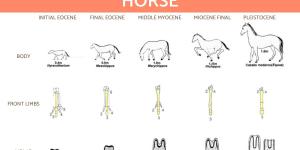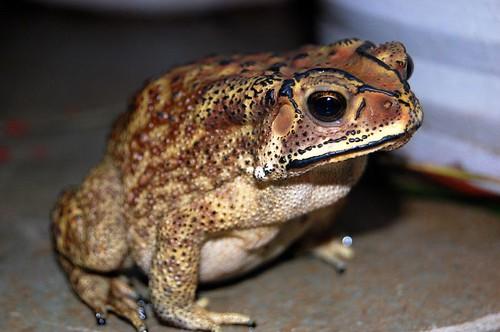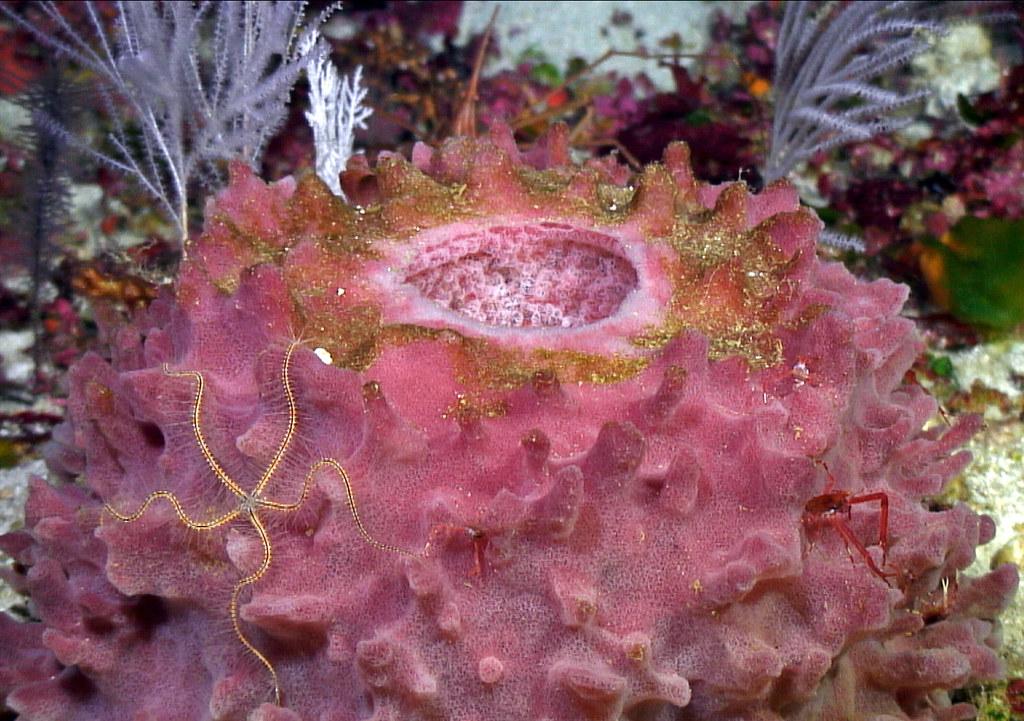The Origin and Evolution of Animals


The animal kingdom is one of life's greatest success stories, a collection of millions of species that swim, burrow, run and fly all over the planet. All this diversity, from bees to dolphins, evolved from a common ancestor that probably lived more than 650 million years ago. Recent studies suggest that the animal kingdom arose through an evolutionary explosion of new genes. These genes played a crucial role in transforming our unicellular ancestors into creatures with complex bodies consisting of many cell types.
The following AnimalWised article explains the origin and evolution of animals, as well as which was the first animal and other interesting facts.
Origins of animals
For 4 billion years, there was nothing on Earth more complex than a single cell. Hundreds of millions of years ago, our planet experienced the mother of all ice ages. An event that not only turned the earth into a gigantic snowball, but probably also laid the foundation for a biological revolution.
About 575 million years ago, multicellular life forms began to proliferate. This event, called the Avalon explosion, occurred as the planet left the glacial phase of the cryogenic period behind and entered the Ediacaran period, which lasted from 635 to 542 million years.
The answer to why life started to proliferate was found in ancient sedimentary rocks from central Australia. There, organic molecules trapped in the rock were found, indicating a global algal bloom after the ice melted. So the end of this icy earth epoch released large amounts of nutrients into the ocean, and thanks to these nutrients, more and more complex algae and animals emerged.
As a result of this event, many groups of animals or phyla that we know today, such as annelids, mollusks, arthropods, echinoderms, chordates, were formed. The beginning of this explosion of diversity in the Paleozoic (which includes the Cambrian) is the development of marine life, which spread relatively rapidly in the Cambrian and Ordovician.
If you want to learn more about the origin of animals, such as birds, continue reading this other article where we talk about the origin of prehistoric birds.
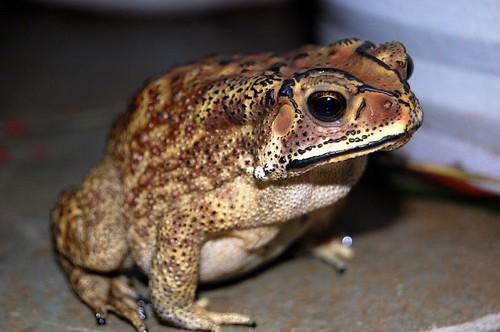
Evolution of animals
It is not surprising that the later evolution of animals shows a similar complexity as their origins.
The evolutionary innovations in the animal kingdom are associated with genetic changes and adaptation processes that undoubtedly led to the emergence of different life forms. Eventually, the different groups evolved by reproducing and thus diversifying.
In the ancestors of the metazoans, there were already certain genes that had an effect on multicellularity and also on the development of the animals. In this sense, the function of certain proteins, now thought to be characteristic of the animals, must have played a key role in their evolution.
On the other hand, phylogenomic studies have shown that, despite certain doubts about this overall evolutionary framework, various unicellular and eukaryotic forms such as the Coanoflagellates, Capsaspora, and Ichthyosporea are closely related to animals, being part of their unicellular ancestor.
Evolution of aquatic to terrestrial animals
After animal life had diversified in the sea, there was the conquest of the terrestrial environment, since there are said to have been no simple life forms there in the early Paleozoic. In this way, the adaptation to life on Earth began later. Some events enabled the evolution of animals from the sea to the land. For example, the presence of oxygen levels similar to those of today and protection from solar radiation through the formation of the ozone layer provided ecological conditions for the transition.
The first land animals were invertebrates, then vertebrates joined this adventure, which was started by amphibians. The fossil record shows that the extinct genera Ichthyostega and Acanthostega were the first land vertebrates, although the first genus is intermediate between a fish and an amphibian, which had legs but were not as efficient at moving on land.
For this whole process, evolution undoubtedly played the decisive role, since it was necessary to develop adaptations that allowed the animals to live on land. In other words, they needed certain anatomical features to breathe, move, reproduce, feed and, in short, to be able to live outside the aquatic environment.
Evolution of invertebrate animals
Invertebrates were the first to make the transition from water to land. Myriapods such as centipedes and millipedes, descended from crustaceans, were the first group to conquer the earth, as they were huge animals about two meters in size compared to their modern relatives. The marine scorpions evolved into the terrestrial scorpions, and the latter played an ecological role as predators of the above-mentioned myriapods.
Another special event related to the evolution of invertebrates takes place in the Carboniferous period. The terrestrial animals were able to fly due to the development of wings by insects, so they were the first to perform this new activity on Earth.
The evolution of invertebrates was a complex process that led to the development of a great variety of creatures. Thus, over time, within the group emerged animals with different types of symmetry, without bony skeletons, hydrostatic structures, in some cases hardened shells called exoskeletons, in others the formation of shells, and so on. In short, adaptations that allowed them to conquer virtually all habitats on the planet.
Evolution of vertebrate animals
The first vertebrates were jawless fish, similar to hagfishes. They lived 500 to 600 million years ago. They had a skull, but no backbone. Amphibians, reptiles, mammals, and birds evolved after the fish.
The first amphibians evolved from a Sarcopterygium ancestor nearly 365 million years ago. They were the first vertebrates to live on land, although they had to return to the water to reproduce. This meant that they had to live somewhere where there was water.
The first reptiles evolved from an amphibious ancestor nearly 300 million years ago. They produced amniotic eggs and had internal fertilization. They were the first vertebrates that did not have to return to water to reproduce and could live anywhere.
Mammals and birds evolved from amphibious ancestors. The first mammals appeared nearly 200 million years ago and the first birds nearly 150 million years ago.
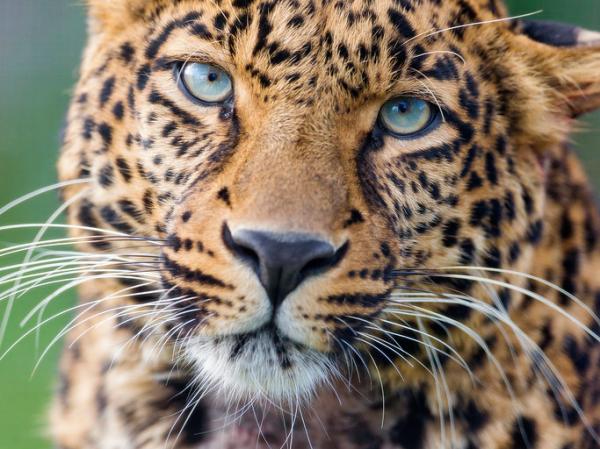
What was the first animal on earth?
Sponges were among the most ancient animals. Chemical compounds from sponges are preserved in rocks up to 700 million years old.
The simple body structure of a sponge consists of layers of cells around water-filled cavities supported by hard skeletal members. The evolution of increasingly complex and diverse body plans eventually led to different groups of animals.
Oxygen levels in the ocean were still low compared to today, but sponges could tolerate low-oxygen conditions. Although they need oxygen for metabolism, as do other animals, they do not need much because they are not very active. They feed while sitting still by extracting food particles from water pumped through their bodies by specialized cells. Thanks to their hard skeleton, sponges also became the first reef builders on Earth.
Sponges are among the animals that live the longest. Find out what other animals have a long life expectancy by reading this other article.

Fun facts about the origin and evolution of animals
Since the above is a summary of the evolution of animals, we conclude with some more curious facts:
- Some ancient groups have gone extinct without leaving representatives, making it difficult to determine details about animal origins and evolutions.
- Certain studies have shown that 55% of the genes present in the human genome were already present in the first animal whose appearance is unknown but whose genome has been identified.
- It is estimated that there are about 7,770,000 species of land animals on Earth and 2,150,000 animals in the oceans. Only about 953,434 land animal species and 171,082 marine animal species have been described so far.
- Although animals do not excel in photosynthesis, there are certain exceptions in the diversity of this kingdom, as they have incorporated functional chloroplasts into their organisms.
- The first fishes were small and had no jaws or fins. Their protection consisted of a framework of bony plates. Evolution led to the formation of toothed jaws, the transformation of the mentioned plates into scales, the emergence of lateral fins and a swim bladder.
- Birds evolved in the Jurassic from tetrapod reptiles, dinosaurs, which were characterized by their bipedalism and carnivory. This relationship is evidenced in part by the fossil record of these feathered reptiles.
- Mammals are thought to have descended from therapsids, formerly called mammalian reptiles, which ranged in size from a mouse to a hippopotamus.
- Domestic animals evolved from a longer interaction with humans. Thus, the dog descended from the wolf, cats from the wild cat, chickens from the red jungle fowl and many other examples.
- Finally, the presence of man on earth has significantly influenced the evolution of animals through the application of science with genetic manipulations as well as domestication.
If you want to learn more about how humans have influenced the evolution of some animals, continue reading this other article, where we talk about the domestication of the dog.
If you want to read similar articles to The Origin and Evolution of Animals, we recommend you visit our Facts about the animal kingdom category.
- Lavagnino, N., Massarini, A., and Folguera, G. (2014). Symbiosis and evolution: An analysis of the evolutionary implications of symbiosis in the work of Lynn Margulis. Colombian Journal of Philosophy of Science . Available at: https://www.redalyc.org/articulo.oa?id=41438646008
- Ruiz-Trillo, I., Roger, A., Burger, G., Gray, B., Lang, F. A Phylogenomic Investigation into the Origin of Metazoa, Molecular Biology and Evolution . Available at : https://doi.org/10.1093/molbev/msn006
- Turner, E. (2021). Possible Porifera Body Fossils in Early Neoproterozoic Microbial Reefs . Available in: https://doi.org/10.1038/s41586-021-03773-z
- Zimmer, P. (2018). The first animal in history arose in the midst of an explosion of new genes . Available at: https://www.nytimes.com/es/2018/05/11/espanol/animal-adn-genes-evolucion.html
- Mora, C., Tittensor, D., Adl, S., Simpson, A., & Boris, G. (2011). How Many Species Are There on Earth and in the Ocean? Available at: https://journals.plos.org/plosbiology/article?id=10.1371/journal.pbio.1001127#s3
- Cicchino, G. (2006). Evolution course. To learn to learn. UPEL, Venezuela.
- Dominguez, N. (2020). Found the organism that explains the origin of all complex life on Earth . Available at: https://elpais.com/elpais/2020/01/17/ciencia/1579284583_584643.html#?rel=listaapoyo
- Robison, Richard A. & Crick, Rex E. (2021). Paleozoic era . Available at: https://www.britannica.com/science/Paleozoic-Era.
- A world of Sciences. (2007). The rise of the animal kingdom, part 1 . Available at: https://www.monash.edu/__data/assets/pdf_file/0013/217003/precambrian-spanish-reino-animal-p1.pdf
- A world of Sciences. (2008). The rise of the animal kingdom, part 2 . Available at: https://www.monash.edu/__data/assets/pdf_file/0014/217031/phanerozoic-spanish-el-reino-animal-p2.pdf
- Velazquez, C. (2020). Ediacara's Paradise Lost . Available at: http://cienciorama.unam.mx/a/pdf/676_cienciorama.pdf

